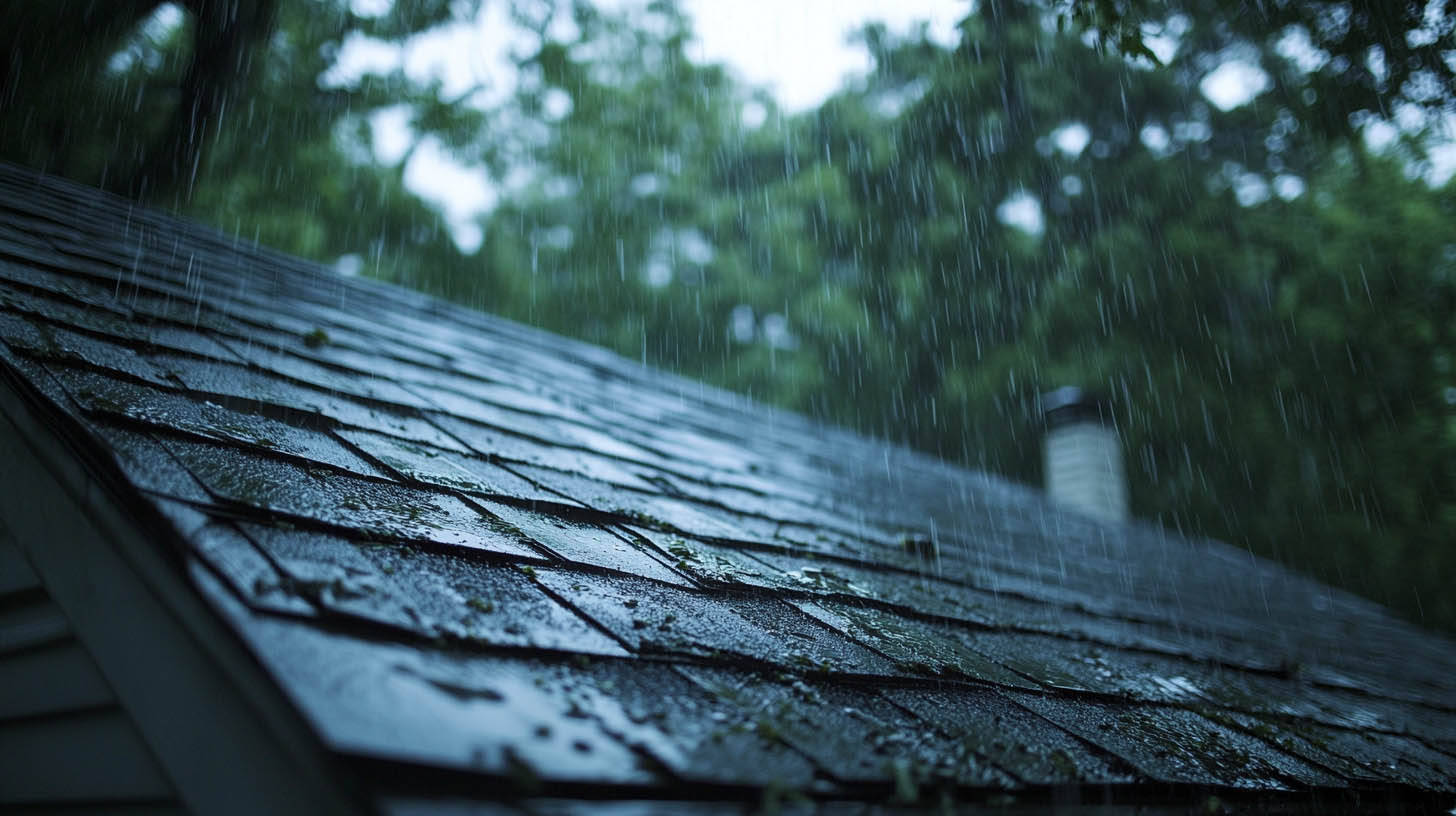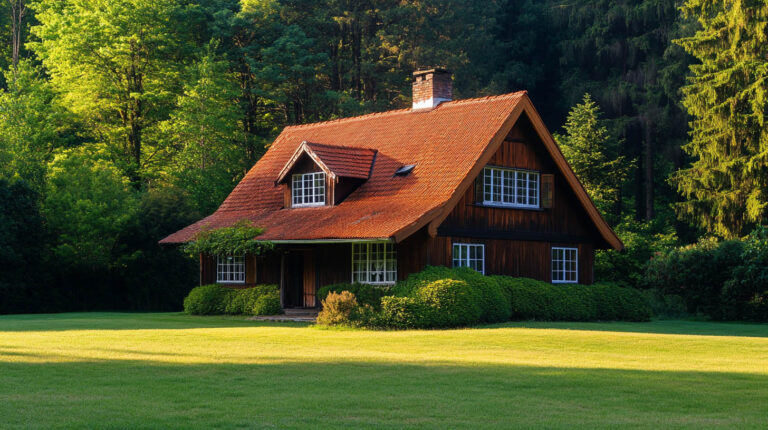
Blog
The Effects of Severe Weather on Your Roof
Severe weather is one of the most common causes of roof damage, especially in areas prone to heavy rain, hail, high winds, and hurricanes. As storms intensify, your roof bears the brunt of nature’s forces, which can lead to long-term structural damage if not addressed promptly. At Avenue Roofing, we understand how critical it is to protect your roof from the elements, especially in climates like Jacksonville, where unpredictable weather is a constant threat.

How Severe Weather Affects Your Roof
1. Hail Damage
Hailstones can cause significant damage to a roof, especially when they are the size of golf balls or larger. The impact from hail can crack shingles, knock off granules, or even puncture holes in the roof, exposing the underlying structure to water damage. Hail is one of the top reasons homeowners file insurance claims, as it often results in the need for extensive repairs or even a full roof replacement.
Unique Fact: According to the Insurance Information Institute, hail-related claims amounted to $14.2 billion in 2020, marking it as one of the most costly types of weather-related damage for homeowners.
2. Heavy Rain
A sudden downpour can overwhelm a roof, leading to water damage that may go unnoticed until it’s too late. Prolonged exposure to moisture can weaken the structural integrity of your roof, causing mold, algae, and mildew to develop. Pooling water, clogged gutters, and damaged shingles are clear signs that your roof has been compromised by rain. If left untreated, these issues can lead to rotting wood and further structural damage.
3. High Winds
Strong winds, even those below hurricane strength, can cause significant damage to roofs. Gusty winds can lift and dislodge shingles, tear away flashing, and create entry points for water and debris. In extreme cases, wind can remove entire sections of roofing, leaving your home vulnerable to further damage. Roofing systems designed with high wind resistance features, such as reinforced nail strips, can help mitigate wind damage.
Tip: It’s important to inspect your roof after every major windstorm to identify any loose or missing shingles, especially in areas with flat landscapes where winds can be more intense.
4. Flying Debris
During severe storms, tree branches, fences, and other debris can be carried by the wind and impact your roof. This can result in punctures, broken shingles, or even holes in the roof. Large branches or other heavy objects may also cause structural damage. After a storm, it’s essential to inspect your roof for any debris-related damage to prevent water infiltration and other issues.
5. Temperature Fluctuations
Seasonal changes can also take a toll on your roof, as fluctuating temperatures cause materials to expand and contract. Over time, this process can lead to cracks, curling shingles, and the detachment of roofing layers. Thermal expansion is particularly problematic for materials like asphalt shingles, which can degrade faster under these conditions. Regular inspections can help identify issues before they become more severe.
Preventing and Addressing Weather-Related Roof Damage
To protect your roof from severe weather, proactive maintenance and prompt repairs are key. Here’s how you can safeguard your home:
- Regular Inspections: Schedule bi-annual roof inspections to catch any early signs of damage caused by weather fluctuations or storms.
- Clear Gutters: Keep gutters clean to prevent water buildup and reduce the risk of moisture damage.
- Reinforce Vulnerable Areas: Strengthen weak points on your roof, such as flashing, valleys, and vents, to prevent wind and water from entering.
FAQs
1. How can I tell if my roof has been damaged by hail?
Look for signs like dented shingles, cracked tiles, or missing granules. If you’re unsure, it’s best to have a professional assess the extent of the damage.
2. Can heavy rain cause long-term roof damage?
Yes, prolonged exposure to rain can lead to water infiltration, which weakens the roof’s structure and promotes mold growth. Regular inspections can help catch these issues early.
3. How do high winds damage roofs?
High winds can lift and remove shingles, tear off flashing, and even dislodge entire sections of roofing in severe cases. Reinforced roofing systems can help mitigate these risks.
4. What should I do if a tree branch falls on my roof during a storm?
Immediately inspect your roof for visible damage, such as broken shingles or punctures. If damage is found, contact a roofing professional to prevent further issues.
5. Can temperature changes really affect the longevity of my roof?
Yes, temperature fluctuations cause roofing materials to expand and contract, which can lead to cracks, curling shingles, and other forms of damage over time.
Conclusion
Severe weather poses a significant threat to your roof, but with regular maintenance and timely repairs, you can mitigate the risks. Whether it’s hail, heavy rain, or high winds, keeping your roof in good condition is essential for protecting your home. At Avenue Roofing, we specialize in weatherproofing solutions that ensure your roof withstands the harshest conditions, keeping your home safe and secure.
To find out how a quality roof can increase your property value, click here.



